Now You See Us: an 'energising and entertaining' tribute to female artists at Tate Britain
The 'impressively expansive' exhibition showcases some 200 paintings, sculptures and prints
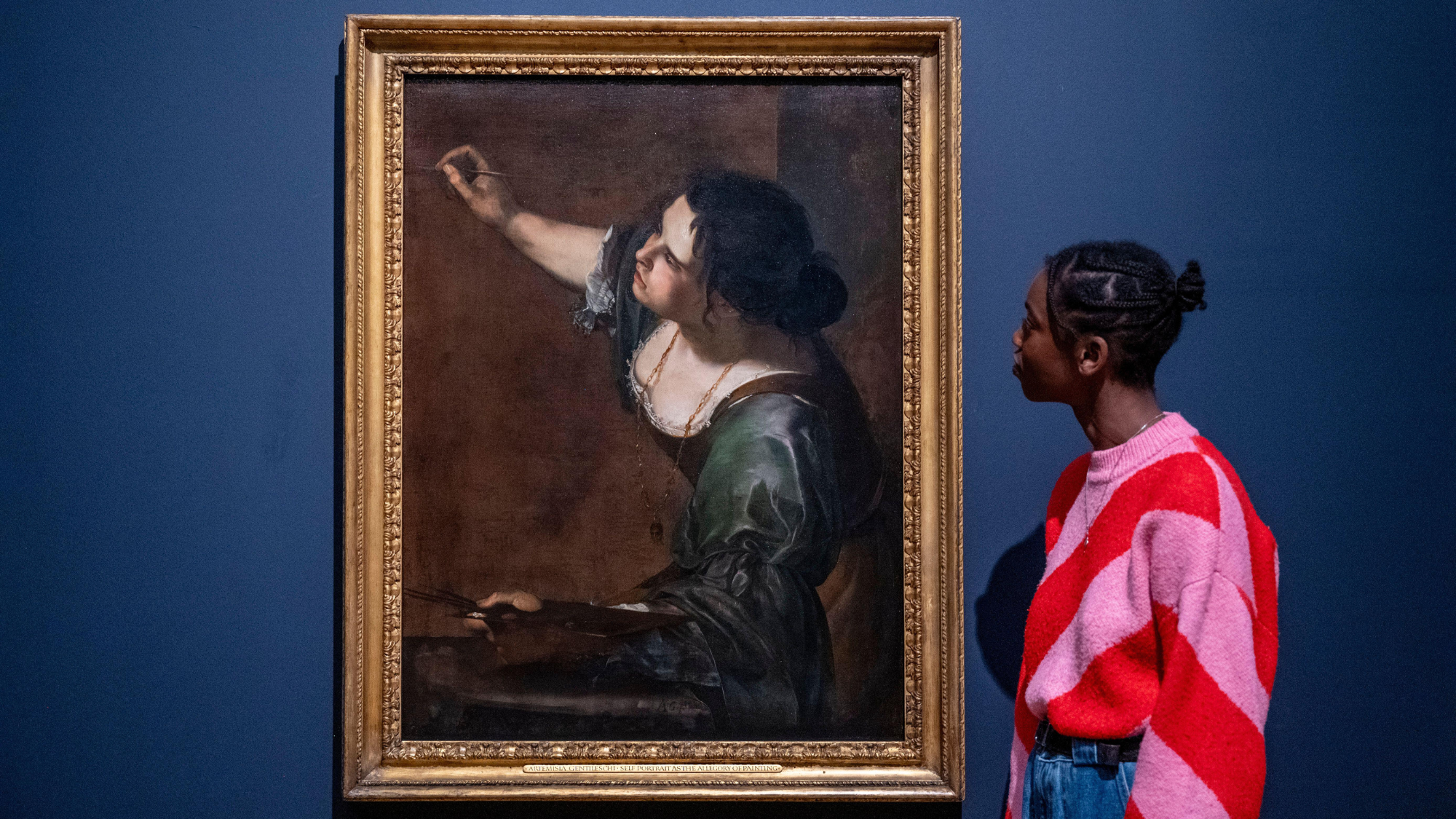
"The past five or so years have seen an explosion of interest in the history of women's art," said Gabrielle Schwarz in The Telegraph. Not so long ago, women were at best regarded as peripheral to art history. But in recent years, countless exhibitions, books and podcasts have appeared to "correct the record" – the latest being this new show at Tate Britain.
"Now You See Us" brings together some 200 paintings, sculptures, prints and photographs by more than 100 female artists who worked in Britain between the 16th century and the immediate aftermath of the First World War. It seeks to explore the complicated story of women's role in the teaching and practice of art, examining the obstacles and prejudices that stood in their path and the ways in which they circumvented them. Ranging from relatively familiar names, including Artemisia Gentileschi, Angelica Kauffman and Gwen John, to hitherto forgotten figures, it is an "impressively expansive" effort.
The show brings "whole legions" of unknown women artists "marching out of the shadows", said Mark Hudson in The Independent. These women were not "amateurs" but professionals who forged their careers "in the face of prejudice". Gentileschi, for instance, came to Britain to work at the court of Charles I. Her "Self-Portrait as the Allegory of Painting" (c.1638) sees her "intent on her craft, paintbrush in hand", underlining her professionalism. Yet Gentileschi was also exceptional: a painter with the licence to be creative. The problem is that little here is "truly original, let alone groundbreaking".
The Week
Escape your echo chamber. Get the facts behind the news, plus analysis from multiple perspectives.

Sign up for The Week's Free Newsletters
From our morning news briefing to a weekly Good News Newsletter, get the best of The Week delivered directly to your inbox.
From our morning news briefing to a weekly Good News Newsletter, get the best of The Week delivered directly to your inbox.
Certain works from the 17th and 18th century, such as Maria Cosway's "huge" and entertainingly eccentric 1781- 82 likeness of the Duchess of Devonshire dressed as the Roman Moon goddess, show some imagination. But many of the portraits are "stultifyingly conventional". They also do not give a sense "of a distinctive women's way of painting", until the later periods – with, for instance, Laura Knight's conventional but "pensive" pictures of women on Cornish clifftops.
I found this show "a spirited (let no man say 'feisty') survey of female achievement", said Laura Freeman in The Times. It reminds us how difficult it was for women to make a career in art. In 1770, for instance, the Royal Academy banned many art forms accessible to women – including needlework, cut paper and "any such baubles" – from its exhibitions. Styles in which women specialised, including pastel and watercolour, were "disdained". All this is communicated through captions that are "informative and interesting" rather than preachy or "antagonistic".
I particularly enjoyed the still lifes: Mary Delany's (1700-88) "austere" but delicate floral cut-outs alongside, much later, "radically different" and "equally irrepressible" flower paintings by the early 20th century artists Ethel Sands and Vanessa Bell. The exhibition is not perfect – the curators have tried to pack too much in, and the Victorian work is cloyingly sentimental – but it's an "energising and entertaining" tribute to "female achievement in the arts".
Tate Britain, London SW1. Until 13 October
A free daily email with the biggest news stories of the day – and the best features from TheWeek.com
-
 Ssh! UK libraries worth travelling for
Ssh! UK libraries worth travelling forThe Week Recommends From architectural delights to a ‘literary oasis’, these are some of the best libraries around the country
-
 A fentanyl vaccine may be on the horizon
A fentanyl vaccine may be on the horizonUnder the radar Taking a serious jab at the opioid epidemic
-
 The 8 best comedy TV series of 2025
The 8 best comedy TV series of 2025the week recommends From quarterlife crises to Hollywood satires, these were the funniest shows of 2025
-
 The 8 best comedy TV series of 2025
The 8 best comedy TV series of 2025the week recommends From quarterlife crises to Hollywood satires, these were the funniest shows of 2025
-
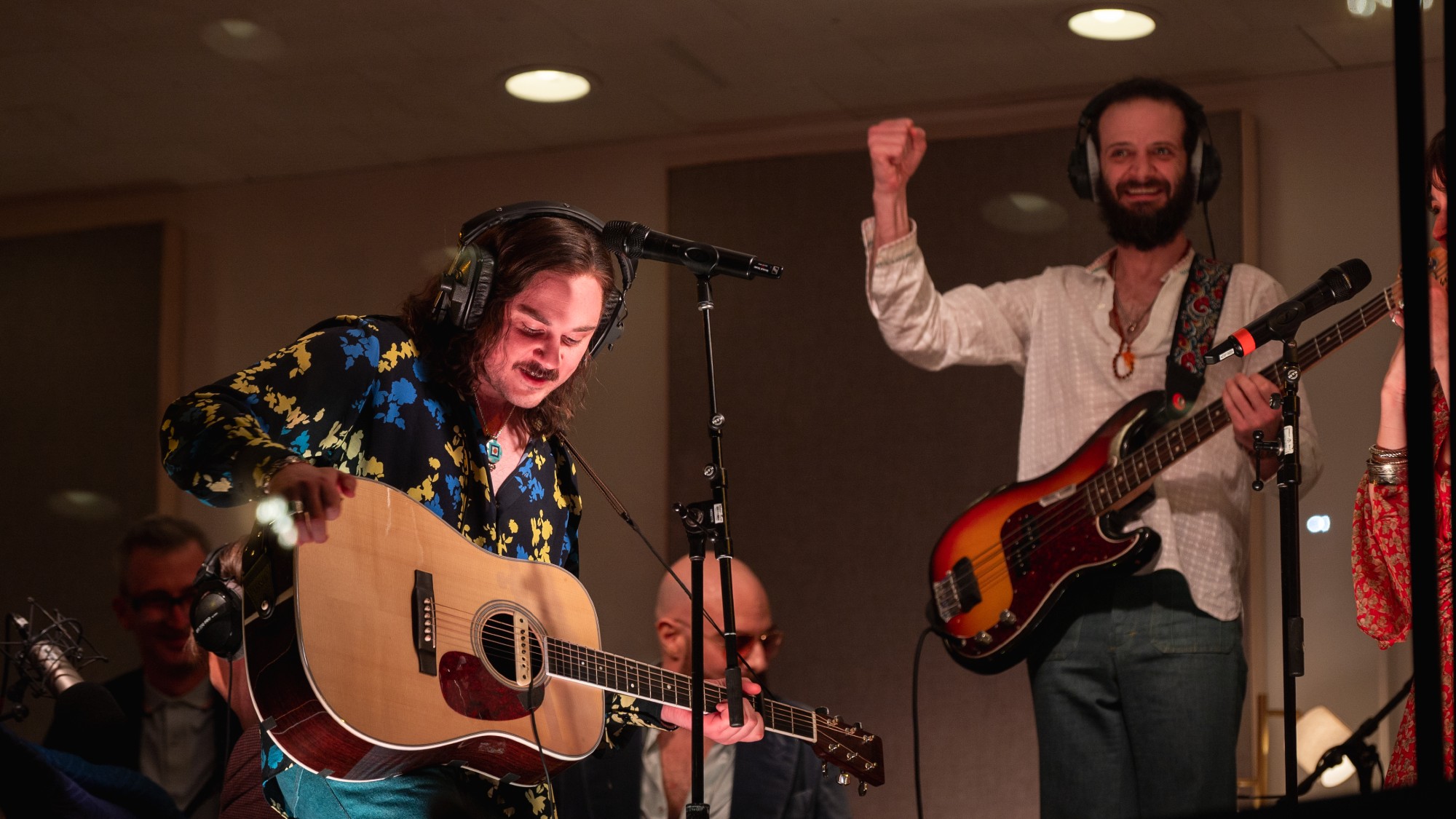 8 touring theater productions to see this winter, all across the United States
8 touring theater productions to see this winter, all across the United Statesthe week recommends New shows and reconsidered productions are on the move
-
 6 lovely barn homes
6 lovely barn homesFeature Featuring a New Jersey homestead on 63 acres and California property with a silo watchtower
-
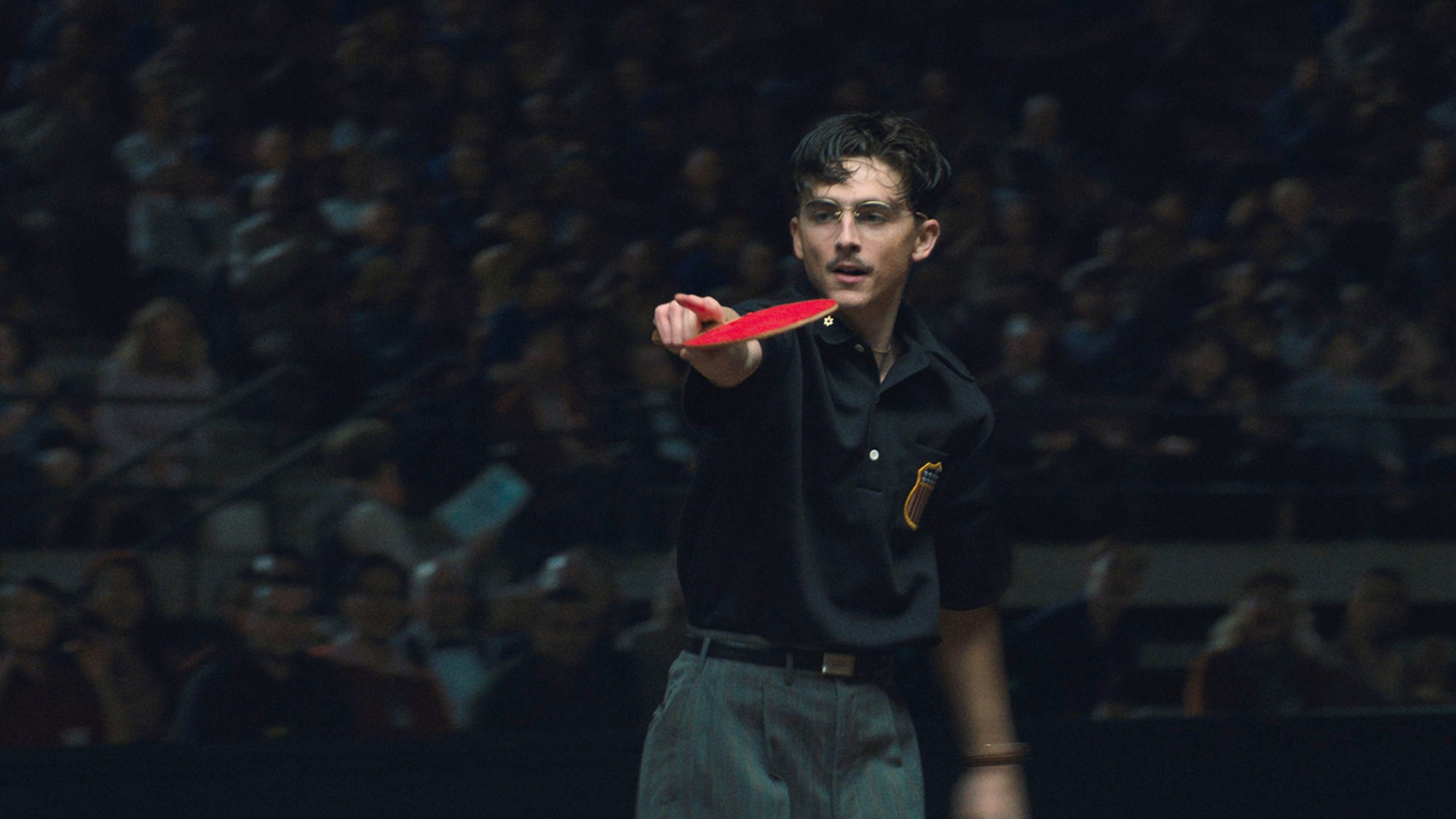 Film reviews: ‘Marty Supreme’ and ‘Is This Thing On?’
Film reviews: ‘Marty Supreme’ and ‘Is This Thing On?’Feature A born grifter chases his table tennis dreams and a dad turns to stand-up to fight off heartbreak
-
 Heavenly spectacle in the wilds of Canada
Heavenly spectacle in the wilds of CanadaThe Week Recommends ‘Mind-bending’ outpost for spotting animals – and the northern lights
-
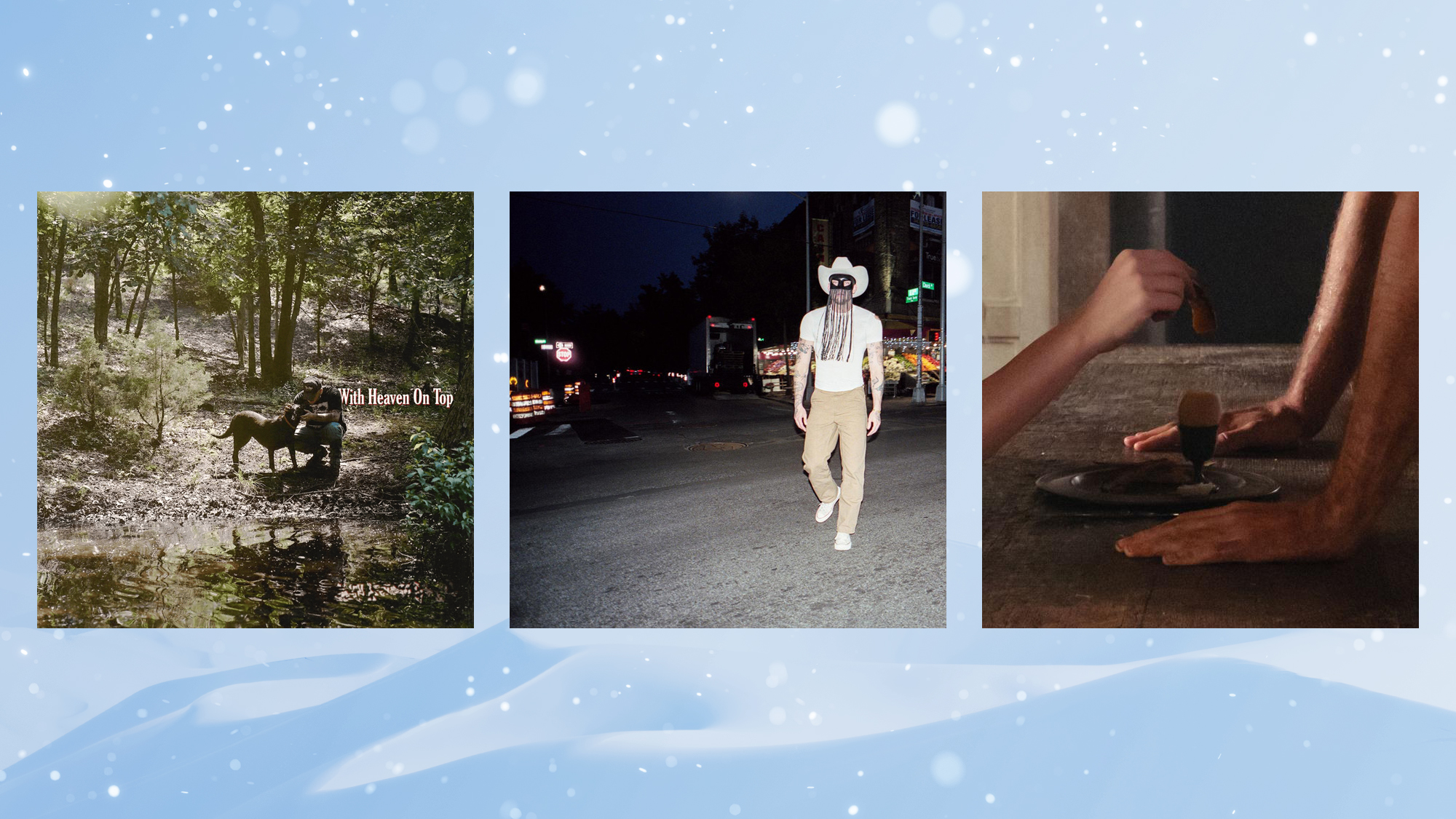 10 upcoming albums to stream during the winter chill
10 upcoming albums to stream during the winter chillThe Week Recommends As the calendar turns to 2026, check out some new music from your favorite artists
-
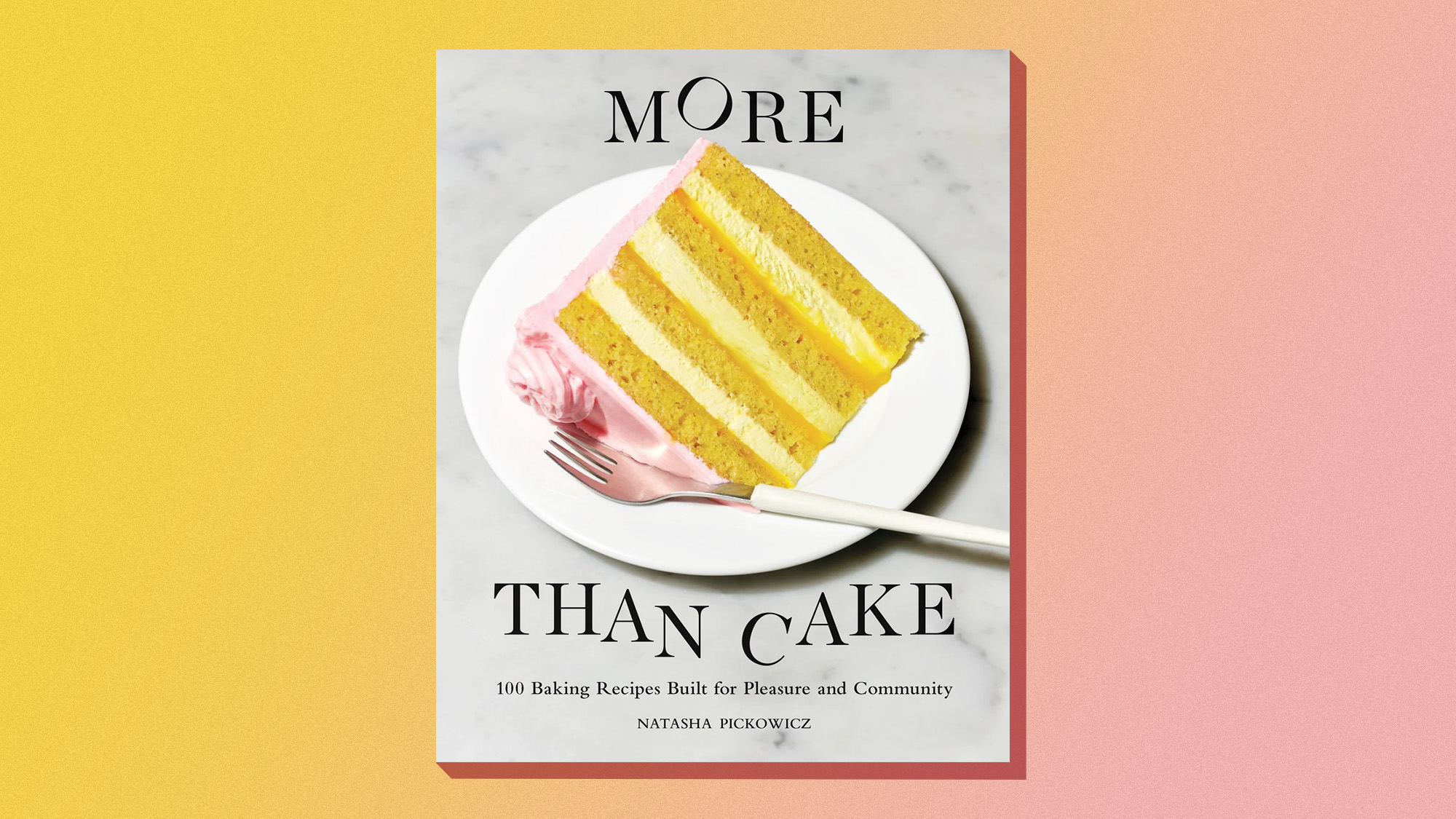 One great cookbook: Natasha Pickowicz’s ‘More Than Cake’
One great cookbook: Natasha Pickowicz’s ‘More Than Cake’the week recommends The power of pastry brought to inspired life
-
 It Was Just an Accident: a ‘striking’ attack on the Iranian regime
It Was Just an Accident: a ‘striking’ attack on the Iranian regimeThe Week Recommends Jafar Panahi’s furious Palme d’Or-winning revenge thriller was made in secret